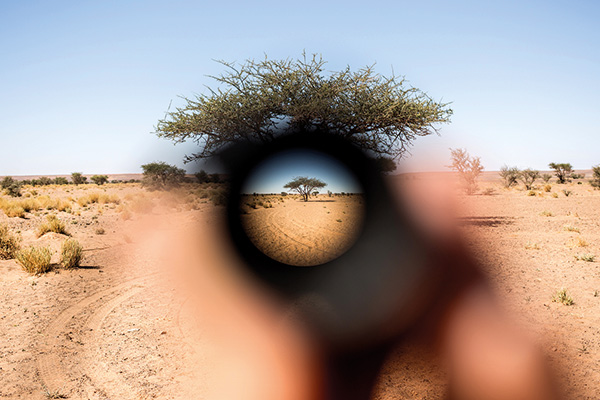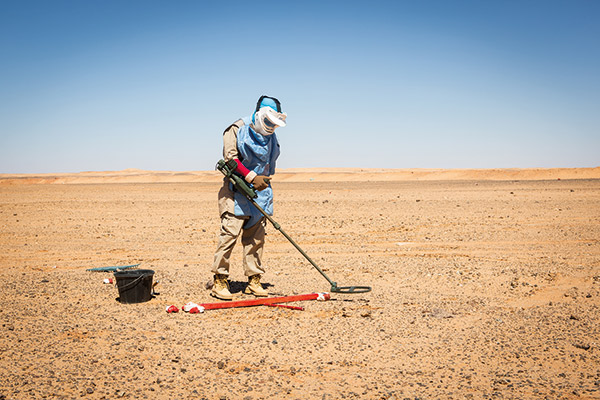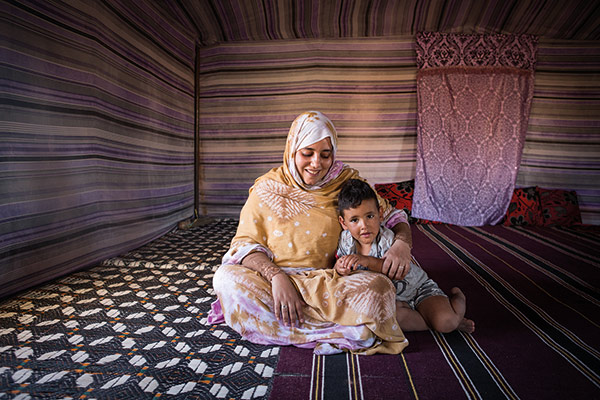Subtotal: $
Checkout-

Just Doing What Christians Do
-

Hating Sinners
-

Students Brave the Heat
-

The Witching Hour
-

Enemy Lovers
-

How God Sees Us
-

Macedonia Morning
-

Tim Keller: New York’s Pastor
-

What Is Time For?
-

Poem: “South Head, a Wild Surmise”
-

Poem: “Lammergeier”
-

Poem: “World Within”
-

When Love Seems Impossible
-

Places to Think with Neighbors
-

Letters from Readers
-

Covering the Cover: The Enemy
-

Thanksgiving Starts in September
-

The Monsignor versus the Fascists
-

Do Activists Need Enemies?
-

The Making of Martyrs
-

Visions of the Kingdom
-

Foolhardy Wisdom
-

Tough Love on the Mount
-

Walls behind Bars
-

My Mind, My Enemy

Demining the Sahara
Meet the Saharawi women replacing landmines with trees.
By Maria Novella De Luca, Alice Pistolesi and Monica Pelliccia
September 6, 2023
Available languages: español
Next Article:
Explore Other Articles:
A photo essay by Maria Novella De Luca with text by Alice Pistolesi and Monica Pelliccia

Fatimetu Bushraya and Endoruha Farkun, members of the Saharawi Mine Action Team.
Begun in 2019, the Saharawi Mine Action Team (SMAWT) is an association of women engaged in demining activities along the Moroccan-built sand wall, or berm, that runs about 1,600 miles from Mauritania through Western Sahara to Morocco, and along Morocco’s border with Algeria. The territory remains the longest continuously mined area in the world, estimated to hold between seven and ten million landmines.
The Saharawi people, caught up in decades of territorial struggle over Western Sahara, still wait to return to their lands, occupied by Morocco since 1974.

Acacia trees taking root in Saharawi Liberated Territories (as seen through a camera lens).
Among them, women like Teslem Rgaibi, Endoruha Farkun, and Fatimetu Bushraya work tirelessly for mine reduction and to help the families of those who have been killed or injured: there have been more than 2,500 landmine casualties over the last fifty years. Despite their limited resources, these women have already helped train 3,850 people on the dangers of landmines.
In addition, they aim to regreen the refugee camps scattered along the border by replacing some of the extracted mines with trees that provide wood, shade, and forage for grazing animals, as well as antiseptic and other medicines.
In November 2020, with the resumption of the conflict between the Polisario Front and Morocco, the deminers’ activity became even more complicated and dangerous. However, this has not stopped the women of the SMAWT.

Fatimetu Bushraya and Teslem Rgaibi prepare for a demining operation.
Teslem Rgaibi, twenty-four, lives with her mother, father, and sister. She proudly carries on her demining job despite the resumption of the conflict.
“Our task is to spread awareness to an increasing number of people, especially among the displaced,” she explains. She gives particular value to their education campaign: a higher awareness of the risk posed by mines means possibly saving lives.
“Once, I met with a woman, alone in her house. When we started talking about the dangers she started crying, remembering her dead brother. That’s why I would like to spread information about mines as much as I can. Because at the end this is what really matters: to help people avoid war hazards and ultimately save their lives.”
Before the conflict heated up again, she and other women were growing seedlings of acacia, the local thorn trees, for replanting throughout the demined area, a project she hopes to revive soon.

Endoruha Farkun conducts a search for landmines.
Endoruha Farkun, thirty-two, has been part of the group since its foundation. She was already planting trees in the refugee camp.
“When we are demining,” she says, “we wake up very early to reach the minefield at the crack of dawn and start searching for the bombs together with the specialized group.” Farkun lives with her father, grandmother, and three sisters. “My family is very proud of what I do and has always supported me. It gives me great satisfaction to find bombs, remove them, and destroy them. I feel that I am doing something important, that I have contributed to erasing a danger that could have killed one or more people. At first I was very scared, but when I start working, I concentrate and only think of what I have to do.”

Fatimetu Bushraya with her son.
Fatimetu Bushraya, thirty-five, was pregnant when she started working as a deminer in 2019. “I continued to demine even when I was expecting my first child; I knew it could be dangerous, but I felt I had to do it for future generations.”
Along with the entire team, Bushraya is waiting for the conflict to subside so they can resume the demining activity. “I know that this is dangerous and hard work. Because we are in a male-dominated society, I had to overcome the strict opposition of my father and brothers to become a deminer. The difficulties that I feel the most are certainly the time spent far from our families, the tough weather conditions, and of course being in dangerous places every day, full of mines, where a wrong step can cost your life.”

Teslem Rgaibi tends acacia tree seedlings.
Already a subscriber? Sign in
Try 3 months of unlimited access. Start your FREE TRIAL today. Cancel anytime.







































Chris
Thank you for another story of incredible courage. Bless these women and their—literally—life-giving work.